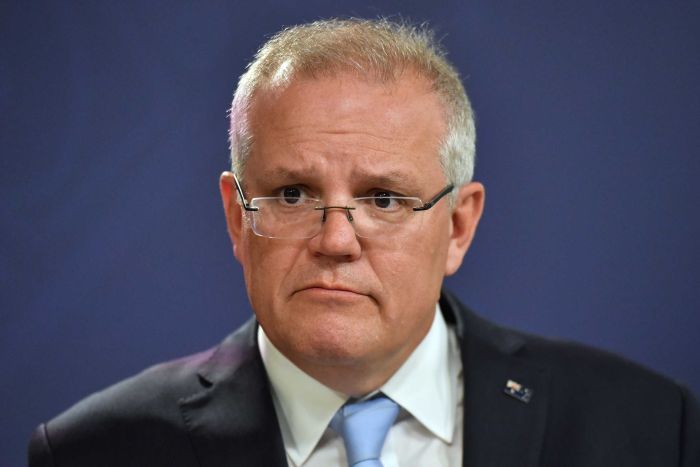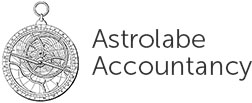Coronavirus Stimulus Package
 On 12 March 2020, Mr Scott Morrison announced the Australian government’s economic response to the Coronavirus disease (COVID-19). This included a stimulus package to strengthen the Australian economy and keep people employed. Since then, the outlook has deteriorated, so the government has announced further support measures.
On 12 March 2020, Mr Scott Morrison announced the Australian government’s economic response to the Coronavirus disease (COVID-19). This included a stimulus package to strengthen the Australian economy and keep people employed. Since then, the outlook has deteriorated, so the government has announced further support measures.
Small and medium-sized businesses may benefit from these government support payments and incentives to invest at this time.
Boosting cash flow for employers
All businesses that employ workers and have an annual group turnover under $50 million qualify for this support. The payment is tax-free, with a maximum total amount of $100,000 and a minimum of $20,000 (up from $25,000 and $2,000).
The payment applies to activity statements for the period between 1 January and 30 June 2020. The ATO will credit eligible businesses with 100% of the PAYG withholding amount when they lodge their activity statements (up from 50%), up to a maximum of $50,000; the minimum amount is $10,000 and applies even to employers that are not required to withhold tax.
There are additional payments that will be credited between July and October 2020. In total, these additional payments will equal the payments made for January to June. These will bring the total payments to employers to a maximum of $100,000 and a minimum of $20,000.
The ATO will automatically calculate and credit the payment; there is no need to apply for it. However, it only applies to businesses that were already registered as employers on 12 March 2020.
The government expects that this part of the Coronavirus support package will cost $31.9 billion (up from $6.7 billion for the originally announced package).
Supporting apprentices and trainees
The Government is supporting small business to retain their apprentices and trainees. Employers with fewer than 20 employees can apply for a wage subsidy of 50% of their apprentices’ and trainees’ wages. It applies to wages paid during the 9 months from 1 January 2020 to 30 September 2020. Where a small business is not able to retain an apprentice, the subsidy will be available to a new employer.
The government will reimburse employers up to a maximum of $21,000 per eligible apprentice or trainee ($7,000 per quarter). Employers can register for the subsidy from early April 2020. Final claims for payment must be lodged by 31 December 2020.
The government expects that this part of the Coronavirus stimulus package will cost $1.3 billion.
Supporting business investment
The Government is increasing the instant asset write-off threshold from $30,000 to $150,000 until 30 June 2020. During this time it applies to all businesses with annual group turnover under $500 million (up from $50 million).
The increased instant asset write-off threshold applies from 12 March 2020 until 30 June 2020. From 1 July 2020 it reverts to $1,000 and will again only be for small businesses (turnover less than $10 million).
The Government is introducing a time limited 15 month investment incentive by accelerating depreciation deductions. This is to support business investment and economic growth over the short-term.
Businesses with annual group turnover under $500 million can claim an immediate tax deduction of 50% of the cost of eligible assets. The existing depreciation rules apply to the balance of the assets’ cost.
This incentive applies only to new plant, equipment and specified intangible assets, such as patents. You need to purchase the assets after 12 March 2020 and first use or install them by 30 June 2021.
Please note that these investment incentives delay, and don’t reduce, the tax payable. These incentives help your cashflow, but are not a handout.
The government expects that this part of the Coronavirus stimulus package will cost $9.2 billion over the next two years. However they expect to recover $5.3 billion in years three and four as the tax deductions are used up. The investment incentives will cost $3.9 billion over the next four years. They will cost the government nothing in the long run.
Temporary relief for financially distressed businesses
The Coronavirus and health measures to prevent its spread will have a very severe yet temporary impact. The goverment is concerned that otherwise profitable and viable businesses may be wound up during this time. To prevent this, the government is reducing the threat of actions that could unnecessarily push such businesses into insolvency.
The Government is temporarily increasing the threshold at which creditors can issue a statutory demand. Companies will have more time to respond to statutory demands they receive. Directors have temporary relief from any personal liability for trading while insolvent.
The ATO will tailor solutions for business that are currently struggling due to the Coronavirus. This includes temporary reduction of payments, deferrals, and withholding enforcement actions such as Director Penalty Notices and wind-ups.
Supporting the flow of credit
The goverment is taking action to support lending to small and medium sized businesses during this time. The Coronavirus SME Guarantee Scheme will provide a 50% guarantee to SME lenders for new unsecured loans used for working capital. There are also changes to lending regulations to make lending to SMEs more attractive.
Lastly, the Reserve Bank of Australia has reduced its cash rate to a record low of 0.25% pa.
Further news
Updated 27 March 2020: The Coronavirus Economic Response Package Omnibus Bill 2020 has been passed by both houses of Parliament with bipartisan support, and has received assent from the Governor-General.
Updated 31 March 2020: The government has announced a further JobKeeper Payment to subsidise employee wages.
See our COVID-19 Resources page for articles and tools to help your business throught this difficult time.
